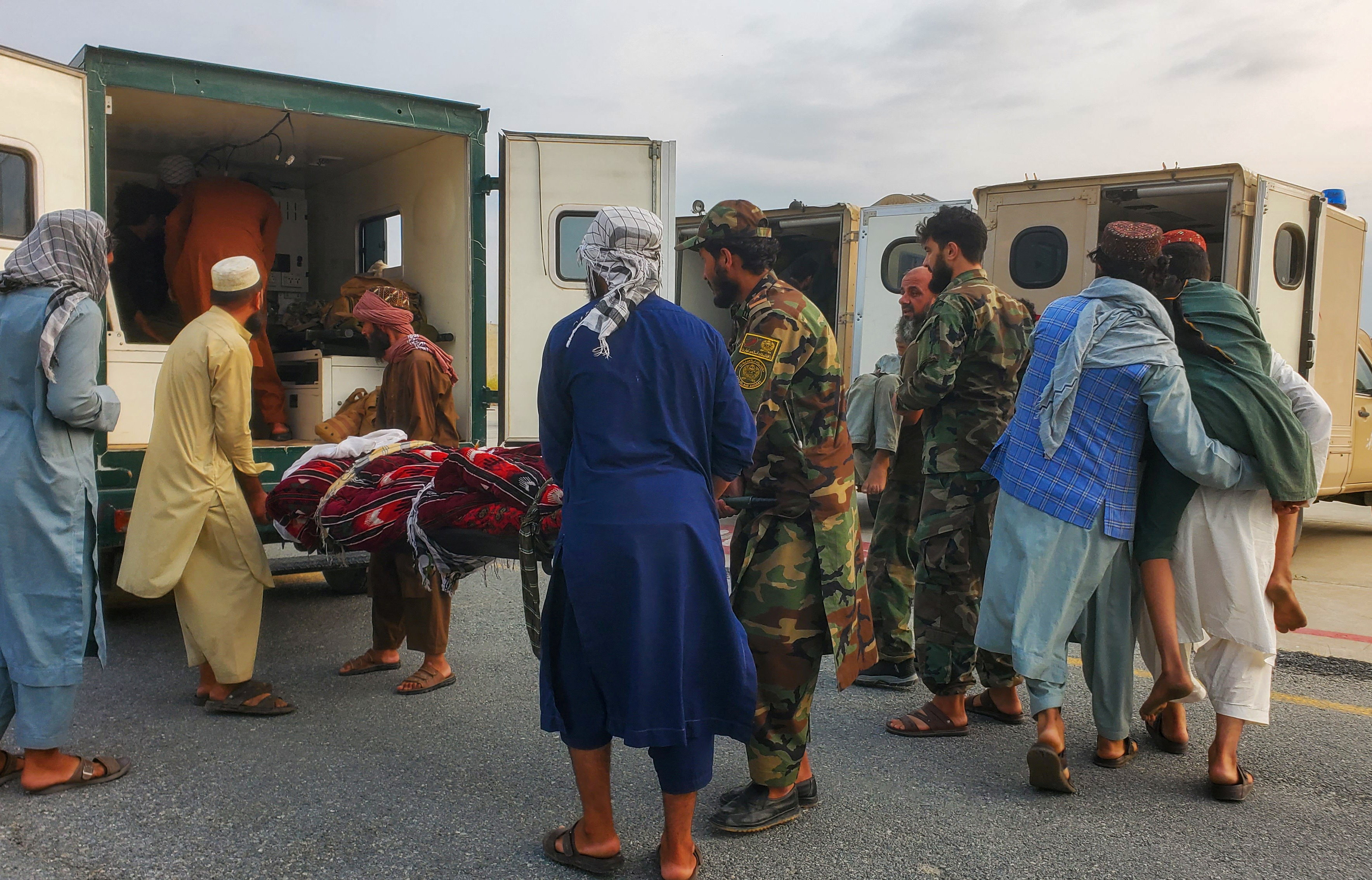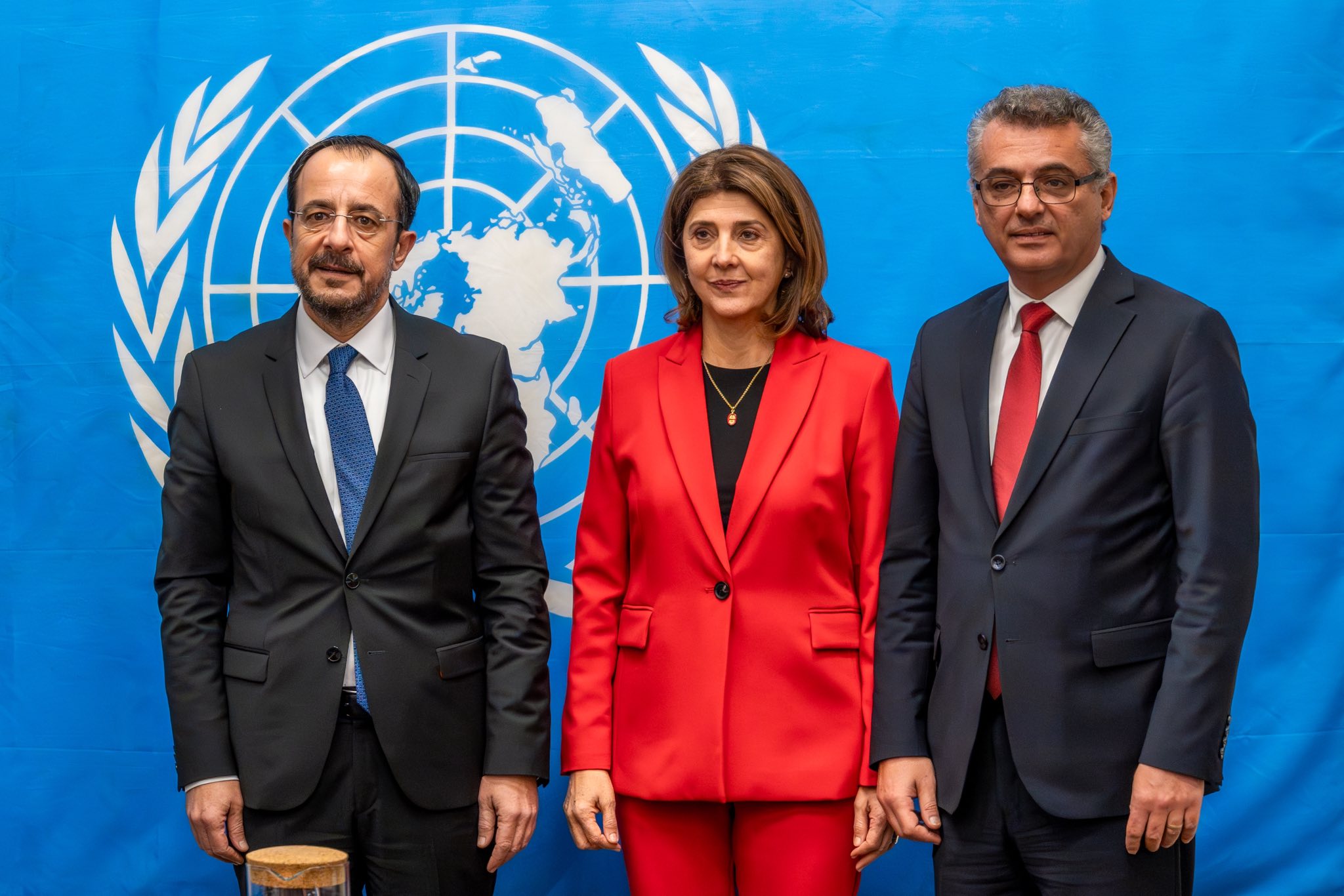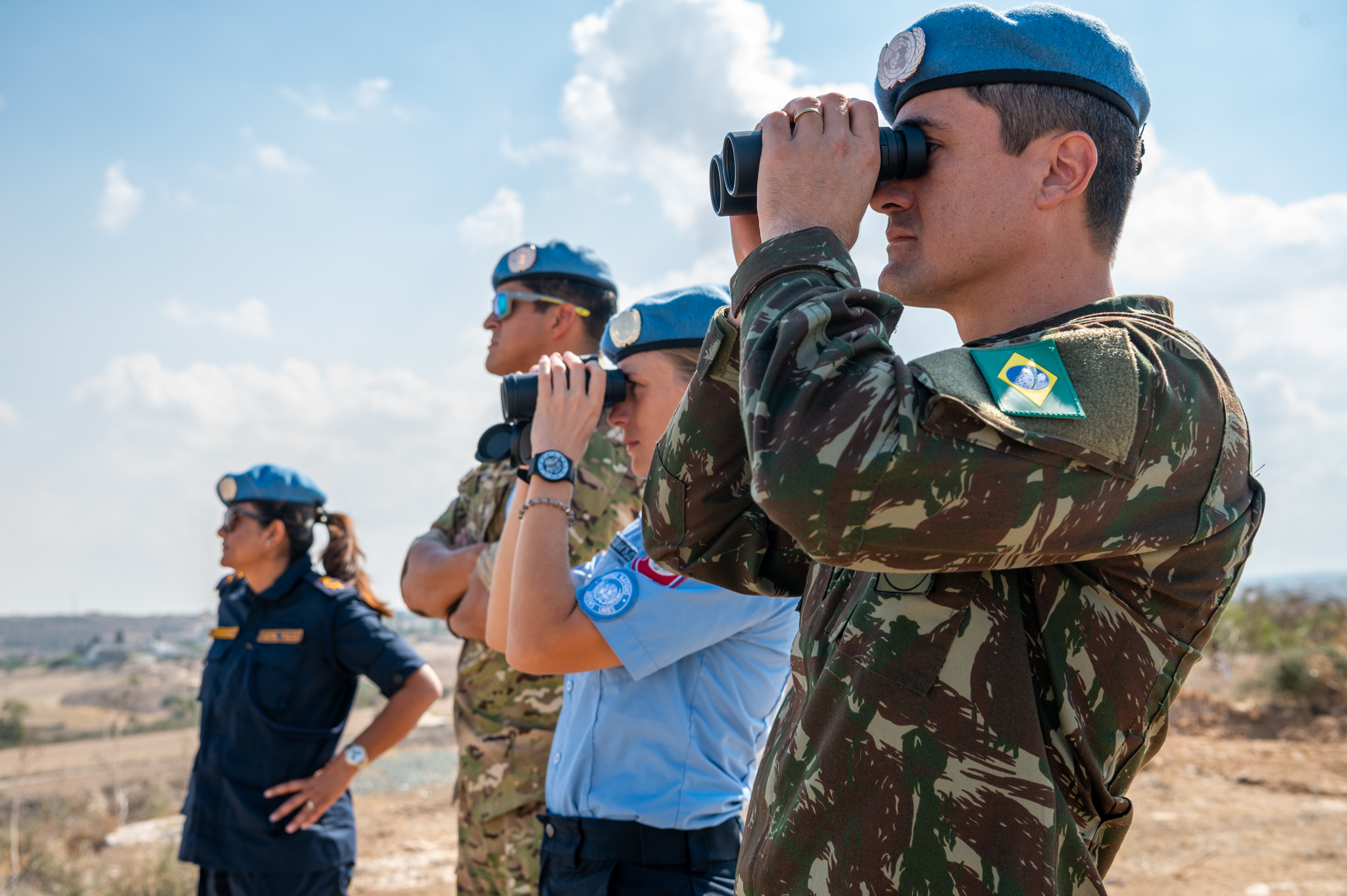One of Afghanistan’s worst earthquakes killed more than 800 people and injured at least 2,800, authorities said on Monday, as helicopters ferried the wounded to hospital after they were plucked from the rubble of homes being combed for survivors.
The disaster is set to further stretch the resources of the war-torn nation’s Taliban administration, already grappling with humanitarian crises, from a sharp drop in aid to the pushback of hundreds of thousands of Afghans by neighbouring countries.
Sharafat Zaman, the spokesperson for the health ministry in Kabul, called for international aid to tackle the devastation from the quake of magnitude 6 that struck around midnight, at a depth of 10 km (6 miles).
“We need it because here lots of people lost their lives and houses,” he told Reuters.
The quake killed 812 people in the eastern provinces of Kunar and Nangarhar, said administration spokesman Zabihullah Mujahid.
SNAPSHOT
WHERE DID THE QUAKE STRIKE?
The epicentre of the 6.0 magnitude quake, which occurred at 11:47 p.m. local time (1917 GMT) at a depth of 10 km (6 miles), lay near the eastern city of Jalalabad – among the five largest cities in Afghanistan, and the capital of Nangarhar province.
Tremors were also felt in other South Asian countries, including neighbouring Pakistan and India.
WHAT WAS THE EXTENT OF DAMAGE?
More than 800 people died and 2,800 others were injured as the tremors buffeted several areas of Nangarhar and the neighbouring province of Kunar, where three villages were completely flattened.
Both provinces are located on Afghanistan’s border with Pakistan. While Kunar, which alone recorded more than 600 deaths, lies in the Hindu Kush mountain range, Nangarhar is located to the south of it.
WHAT KIND OF RESCUE EFFORTS ARE BEING MADE?
The Afghan Taliban government has mobilised several teams related to security, health, transport and food, among other domains, to ensure “comprehensive and full support” is provided to those affected.
At least 40 flights have been carried out to transport bodies and more than 400 of the injured.
ARE EARTHQUAKES COMMON IN AFGHANISTAN?
The country is prone to devastating earthquakes and it experienced tremors with a magnitude of more than 5.0 on at least four occasions between April and August alone.
Sunday’s earthquake, however, is its worst since June 2022, when a 6.0 magnitude quake killed more than 1,000 people.
WHY IS THE COUNTRY PRONE TO EARTHQUAKES?
Afghanistan is particularly vulnerable to earthquakes because of its location at the intersection of two major tectonic plates – the Indian plate and the Eurasian plate.
As the Indian plate moves northward and collides with the Eurasian plate, the pressure between the two creates regular seismic activity in the region, especially in the area of the Hindu Kush.
Rescuers were battling to reach remote mountainous areas cut off from mobile networks along the Pakistani border, where mudbrick homes dotting the slopes collapsed in the quake.
“All our … teams have been mobilised to accelerate assistance, so that comprehensive and full support can be provided,” said health ministry spokesperson Abdul Maten Qanee, citing efforts in areas from security to food and health.
Reuters Television images showed helicopters ferrying out the affected, while residents helped security forces and medics carry the wounded to ambulances in an area with a long history of earthquakes and floods.
Military rescue teams fanned out across the region, the defence ministry said in a statement, with 40 flights carrying away 420 wounded and dead.
The quake razed three villages in Kunar, with substantial damage in many others, authorities said. At least 610 people were killed in Kunar with 12 dead in Nangarhar, they added.

It was Afghanistan’s third major deadly quake since the Taliban took over in 2021 as foreign forces withdrew, triggering a cut to the international funding that formed the bulk of government finances.
Even humanitarian aid, aimed at bypassing political institutions to serve urgent needs, has shrunk to $767 million this year, down from $3.8 billion in 2022.
A 6.1-magnitude earthquake that killed 1,000 people in the eastern region that year was the first major natural disaster faced by the Taliban government.
CALLS FOR FUNDING
Humanitarian agencies say they are fighting a forgotten crisis in Afghanistan, where the United Nations estimates more than half the population is in urgent need of humanitarian aid.
Diplomats and aid officials say crises elsewhere in the world, along with donor frustration over the Taliban’s policies towards women, including curbs on those who are aid workers, have spurred the cuts in funding.
“So far, no foreign governments have reached out to provide support for rescue or relief work,” a spokesperson of Afghanistan’s foreign office said.
China was ready to provide disaster relief assistance “according to Afghanistan’s needs and within its capacity,” a spokesperson of its foreign ministry said later.
In a post on X, U.N. Secretary General Antonio Guterres said its mission in Afghanistan was preparing to help those in areas devastated by the quake.
Humanitarian officials and locals say almost two years after a powerful tremor hit the western city of Herat, many villages are still recovering and living in temporary structures.
Afghanistan is prone to deadly earthquakes, particularly in the Hindu Kush mountain range, where the Indian and Eurasian tectonic plates meet.







Click here to change your cookie preferences